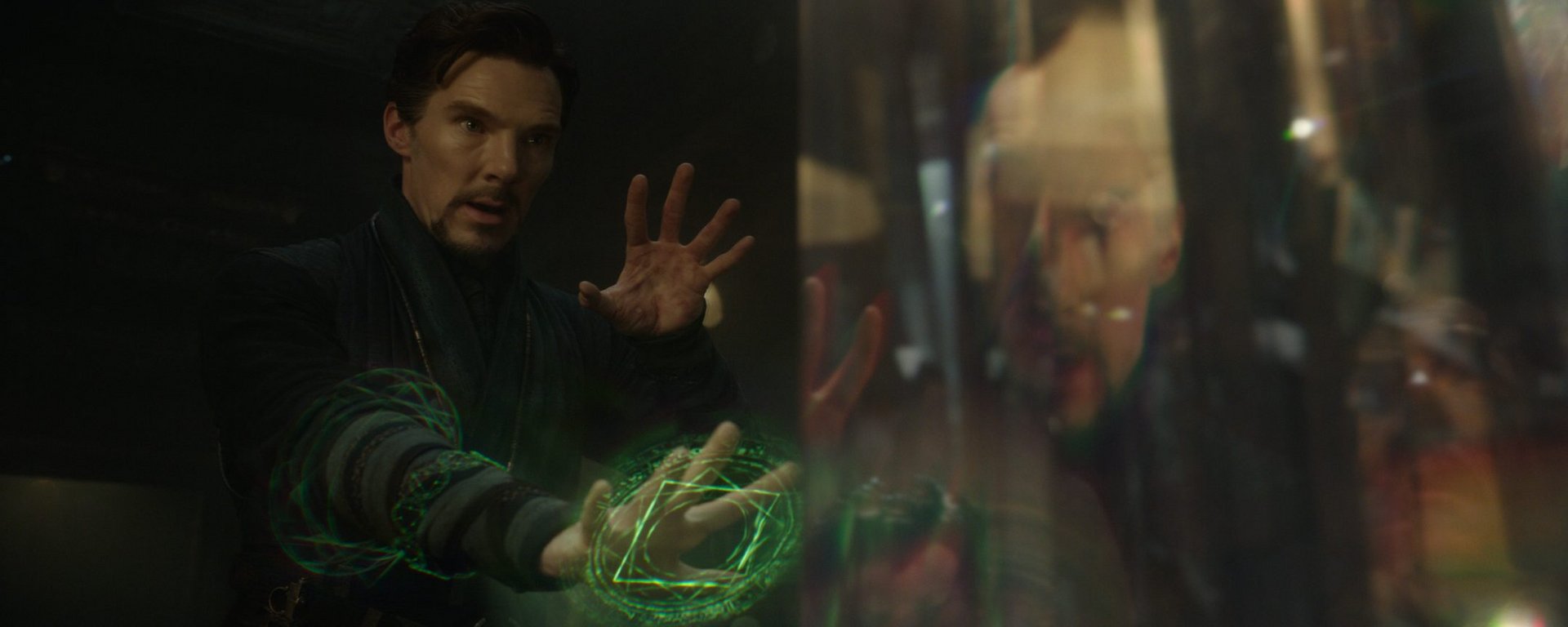
Doctor Strange
Doctor Strange follows the story of Doctor Stephen Strange (Benedict Cumberbatch), a talented neurosurgeon who, after a horrible car accident, badly damages his hands, robbing him of the ability to carry out surgery. With his career ruined he searches for ways to heal the nerve damage and in desperation heads to Nepal, where under the tutelage of The Ancient One (Tilda Swinton), he learns the mystic arts and subsequently becomes embroiled in a conflict between warring factions in a bid to save the world.
Doctor Strange is the 14th instalment within the Marvel Cinematic Universe (MCU). The film's release date in the UK was 25th October 2016.
The distributor submitted Doctor Strange to the BBFC without a category request. The Motion Picture Association of America (MPAA) had already passed the film PG-13 (a rating meaning people of any age can watch it but parents are warned it may be unsuitable for children under 13). They cited 'sci-fi violence and action throughout and an intense crash sequence' as the issues underpinning the rating.
For the BBFC Doctor Strange sits very comfortably at 12A, for moderate fantasy violence and injury detail.
The BBFC Guidelines at 12A state 'there may be moderate violence but it should not dwell on detail. There should be no emphasis on injuries or blood'.
Like many films within the MCU, Doctor Strange features a substantial amount of fight sequences; however, the fantasy/sci-fi genre lends significant mitigation to these sequences and therefore lessens the effect of the violence. For example, many of the skirmishes feature magical weapons, showers of sparks often veil the impact from punches and kicks and they are often rapidly edited creating fast-paced sequences that do not dwell on detail.
There are some stabbings but they lack blood and injury detail. There is also brief bloody detail in a surgery scene.
The strongest image of violence comes towards the end of the film when the villain Kaecilius (Mads Mikkelsen) stabs and then kicks The Ancient One off a tall building. We see her fall before her body smashes through a glass awning and thumps to the ground. There is no strong focus on the blood or injury detail although we do later see blood on her face. The injury detail mentioned in the ratings info, then called BBFC Insight, refers mostly to the car crash at the start of the film. We see the car spin before it rolls and smashes down a hill. When it comes to a stop, there is a shot of Strange's blackened eye and bloodied face. The blood and injury seen here is containable at 12A as it is quite brief, there is no dwelling on detail, it occurs within an accident context rather than a violent context, and the focus swiftly switches to his recovery.
The film has been widely studied since release and the BBFC education team has spoken to many young people about it – including British and Irish students at a combined event with Irish Ratings body IFCO. IFCO also rated Doctor Strange 12A in Ireland, noting 'Moderate action violence in fantasy context' in its review for consumers.
The BBFC Classification Guidelines public consultation research, published in 2019, showed that by and large, parents and teenagers were able to see that violence within the action fantasy genre, with no links to real life, were of less concern than violence in a more realistic context.